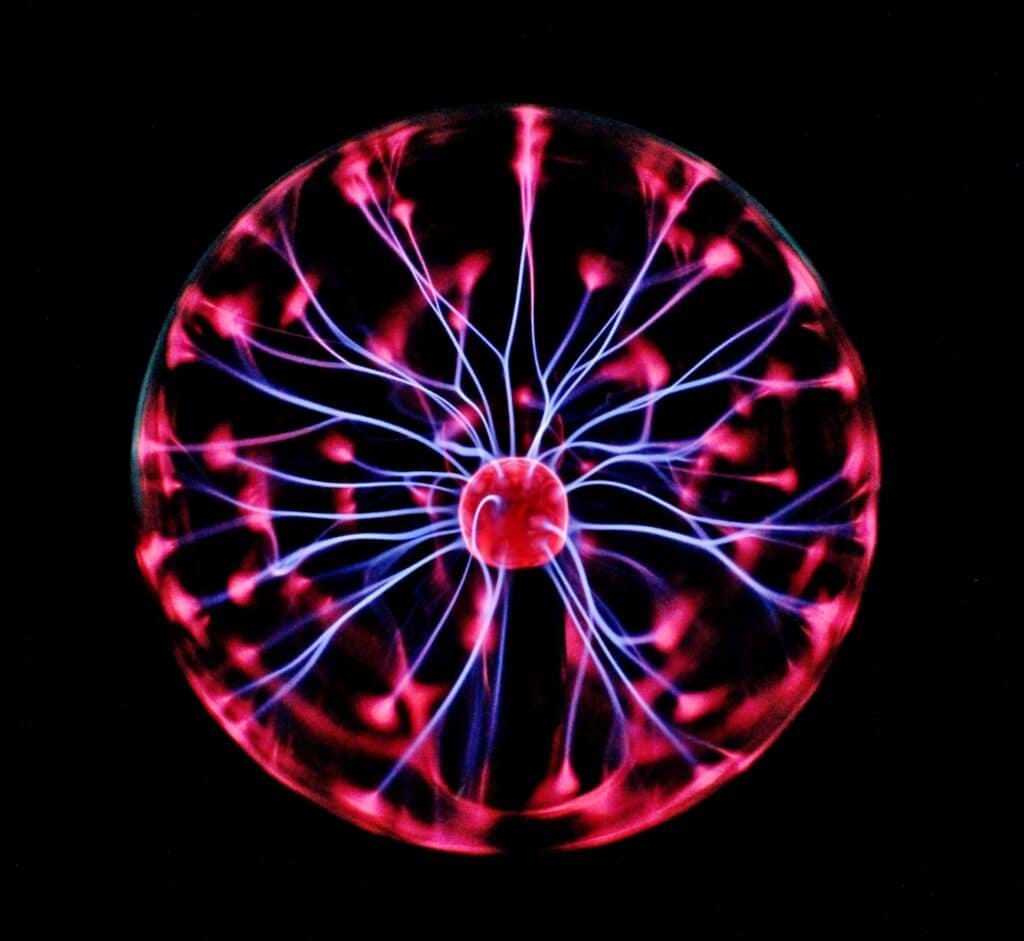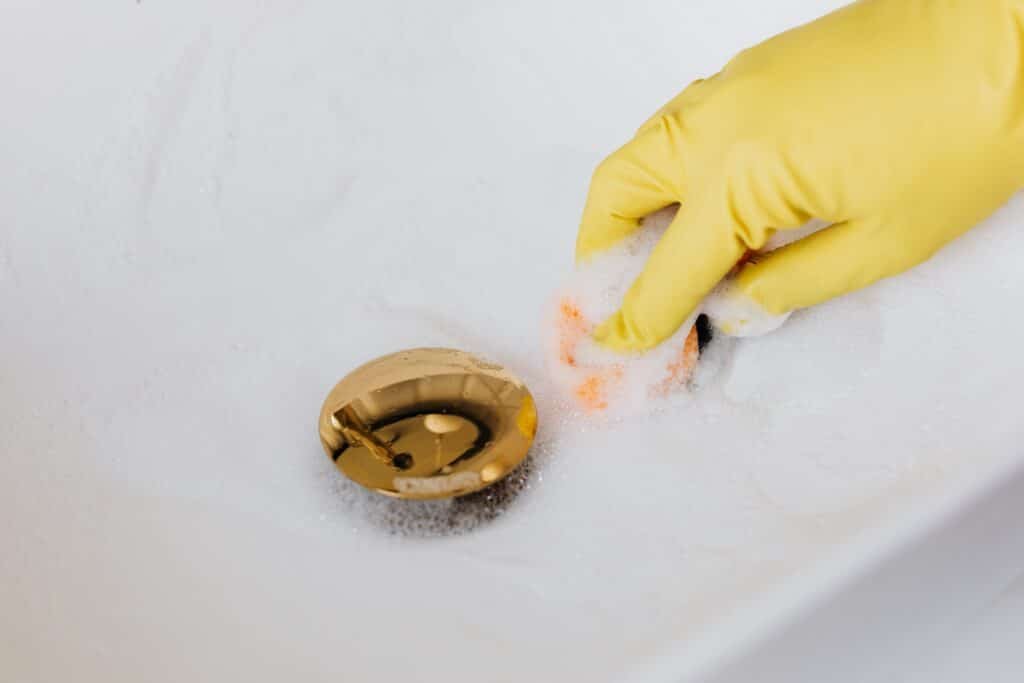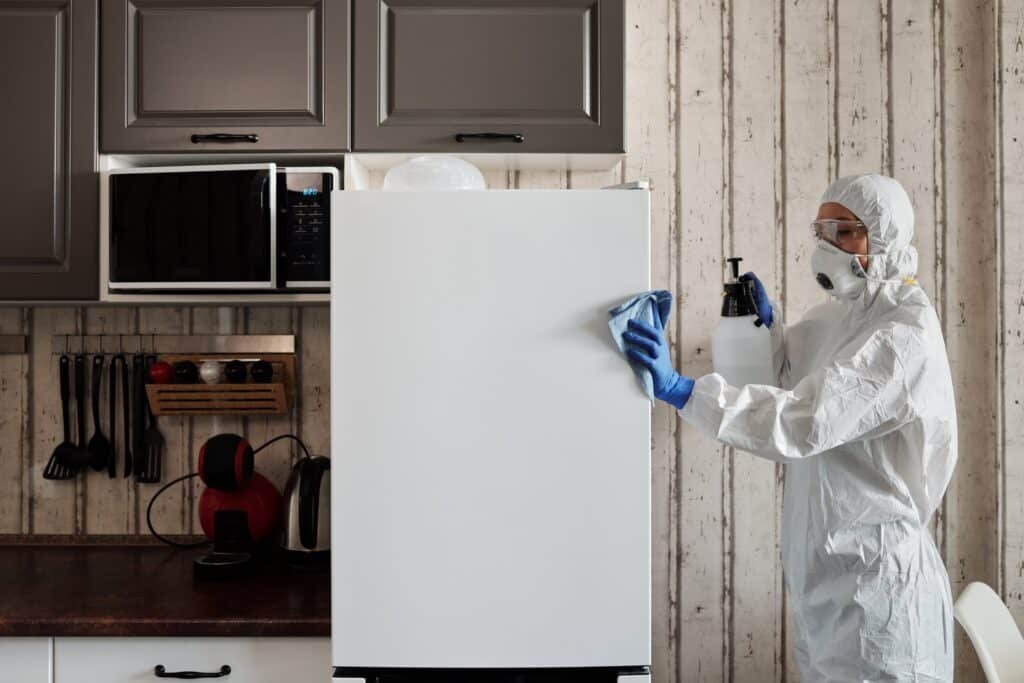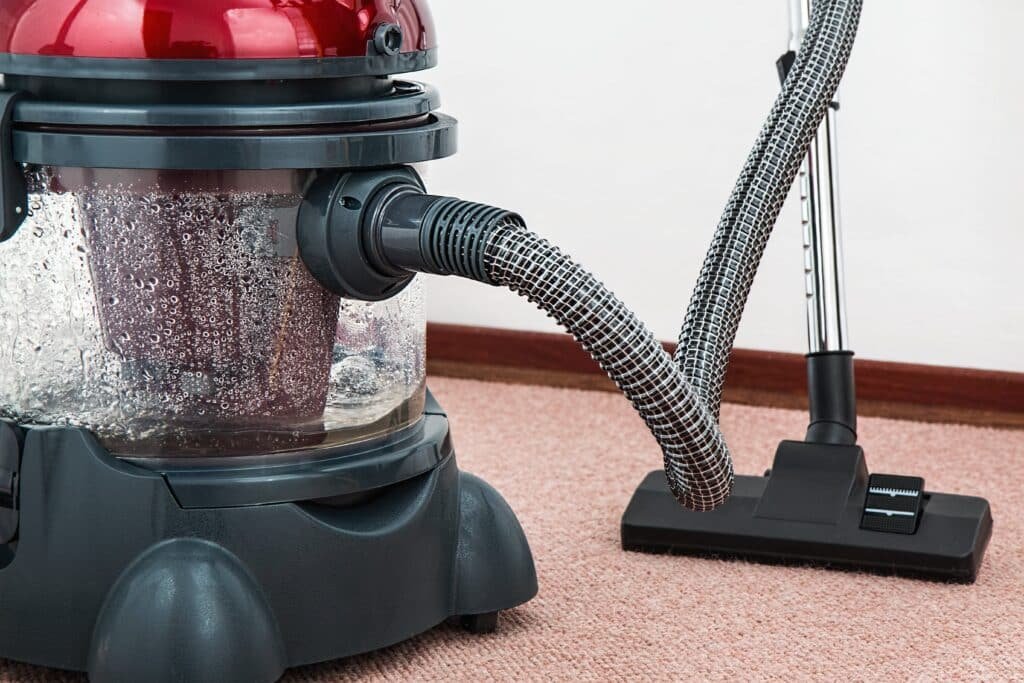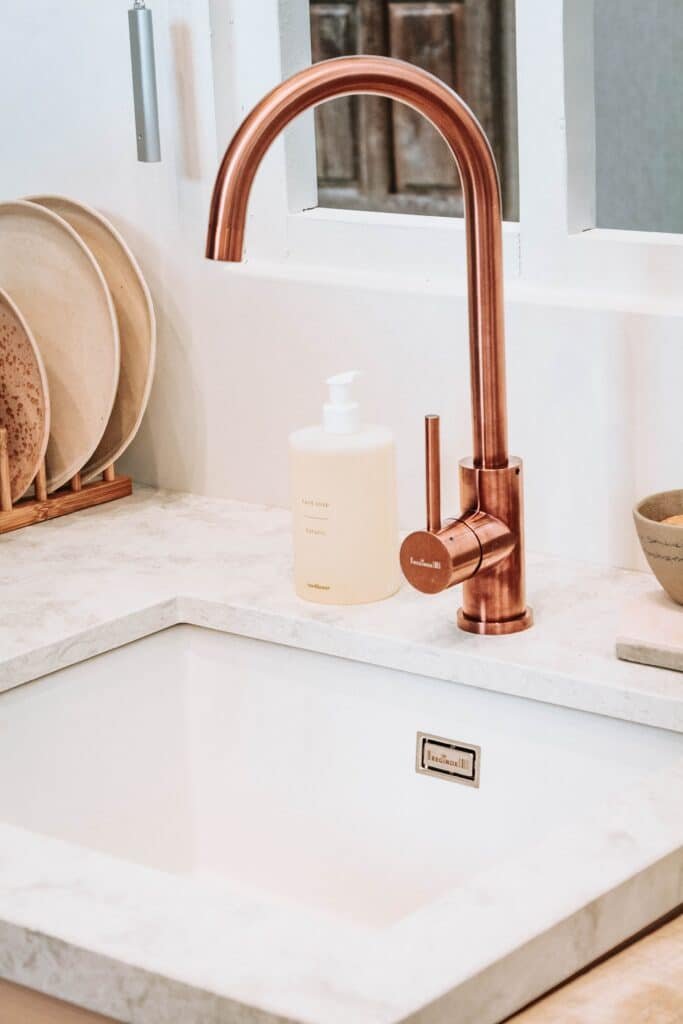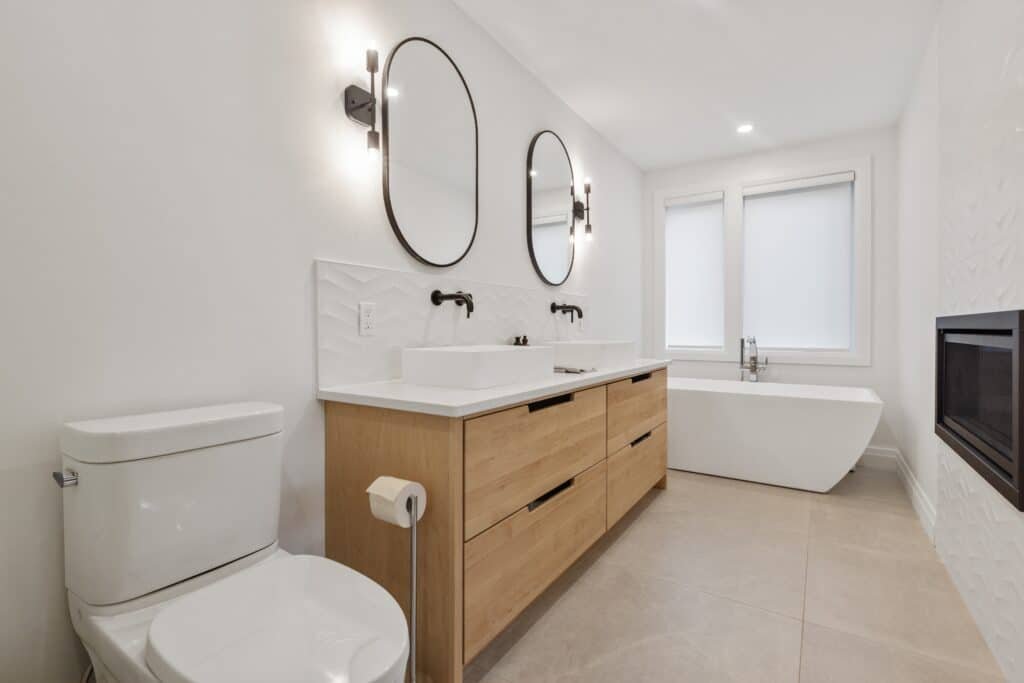Revolutionizing Cleanliness: How Technology is Shaping the Cleaning Industry
Hey there, clean-freaks and tech-enthusiasts! Ever wondered how Revolutionizing Cleanliness in the cleaning industry is keeping pace with the dizzying advancements in technology? Well, strap in, because we’re about to dive into the sparkling world of high-tech cleanliness! The Tech Boom in Cleaning: A Sneak Peek In today’s fast-paced world, cleaning isn’t just about mops and buckets. It’s about smart gadgets, eco-friendly solutions, and, believe it or not, a bit of AI magic! Imagine walking into a room where a small robot whirs quietly, methodically making its way across your floor, leaving behind a trail of cleanliness. Or, consider the ease of using a mobile app to schedule your entire house cleaning routine, get product recommendations based on your preferences, or even remotely control smart cleaning devices. The future of cleaning embraces technology in a way that seamlessly integrates into our daily lives, enhancing efficiency and simplifying tasks. What’s truly exciting is the variety of innovations we’re seeing. From smart air purifiers that adjust their cleaning power based on air quality readings to window cleaners that stick to your panes and do the hard work for you, technology is redefining our concept of clean. And let’s not forget about the eco-friendly solutions coming into play. We’re talking about high-efficiency particulate air (HEPA) filters in vacuum cleaners that trap finer particles, reducing allergens in the air, and new cleaning agents that are tough on grime but gentle on the planet. Then, there’s the magic of AI. It’s not just about robots that can vacuum and mop. AI in cleaning involves complex algorithms that can learn your cleaning habits and preferences, suggesting optimized cleaning schedules and even alerting you to areas in your home that need extra attention. It’s like having a personal cleaning assistant that knows your home as well as you do, maybe even better! The blend of these smart, eco-friendly, and AI-driven solutions is transforming the cleaning industry from a task-driven to a tech-driven domain. It’s not just about getting the job done; it’s about how efficiently, effectively, and sustainably it can be done. This shift isn’t just making our lives easier; it’s revolutionizing the way we think about and approach cleaning. Smart Devices: The Future is Here Picture this: vacuums that map your home and clean autonomously, and apps that remind you when it’s time to scrub down the shower. Smart devices in cleaning are all about making your life easier and your home spick-and-span with minimal effort. These gadgets are not just cool to show off; they’re game-changers in maintaining cleanliness. Now, let’s dive a bit deeper into this world of smart cleaning devices. Imagine a robotic vacuum cleaner that not only maps out your entire house but also learns the layout over time. It knows which rooms are which, the best path to take for maximum efficiency, and even the areas that accumulate the most dirt. Some of these nifty gadgets come equipped with sensors that detect changes in surface types, adapting their cleaning method on the fly. Carpets? No problem. Hardwood? Easy-peasy. And let’s not forget about those hard-to-reach spots; these robots are designed to navigate around furniture and obstacles with ease. But it’s not just about robotic vacuums. There are smart mops that can tackle those sticky spills and grimy floors with the same level of autonomy and efficiency. Equipped with water tanks and the ability to dispense the right amount of moisture, they ensure your floors are not just clean but also properly cared for. Moving beyond floor cleaning, there are also smart devices designed to keep your air pure and free of allergens. Air purifiers equipped with smart technology can monitor the air quality in real-time, adjusting their settings automatically to filter out dust, pollen, and other airborne irritants. Some even offer smartphone integration, allowing you to monitor and control the air quality in your home no matter where you are. Then there are the apps. These are real game-changers in how we approach cleaning routines. With user-friendly interfaces, these apps can help you schedule cleaning sessions, remind you of maintenance tasks (like when to clean the filters in your devices), and even offer tips and tricks for efficient cleaning. Some even provide a platform for you to control all your smart cleaning devices from one place, making it easier to manage your entire cleaning arsenal. Eco-friendly Solutions: Green is the New Clean The planet is thanking us, and it’s all thanks to eco-friendly cleaning technologies. Biodegradable cleaning agents, energy-efficient appliances, and waste-reducing tools are just the tip of the iceberg. These innovations are making cleaning an earth-loving affair! Let’s delve a little deeper into these green solutions. We’re talking about a new era of cleaning where every product and tool is designed with the planet in mind. Take biodegradable cleaning agents, for instance. These are not your average cleaners; they’re made from natural, plant-based ingredients that break down easily without harming the environment. This means that when you wash away that kitchen grease or bathroom grime, you’re not sending harmful chemicals down the drain. But the eco-friendly revolution doesn’t stop there. Energy-efficient appliances are taking center stage in the cleaning industry. Consider vacuum cleaners with eco-modes that consume less power or washing machines that use less water and energy. These appliances are meticulously engineered to deliver optimal cleaning performance while minimizing their carbon footprint. It’s a brilliant way of keeping your living spaces pristine without cranking up those utility bills or straining the planet’s resources. Then there are the waste-reducing tools. Ever heard of microfiber cloths? These little wonders are designed to be used over and over again, drastically reducing the need for disposable wipes and paper towels. They’re incredibly effective at picking up dirt and dust and can be easily tossed in the wash for repeated use. It’s a simple switch, but one that can significantly reduce household waste. And let’s not forget about water conservation. New-age cleaning technologies are focusing on ways to get the most
Revolutionizing Cleanliness: How Technology is Shaping the Cleaning Industry Read More »
